NEW DATA: With Wages And Hopes High, Why Are Consumers Behind On Bills?
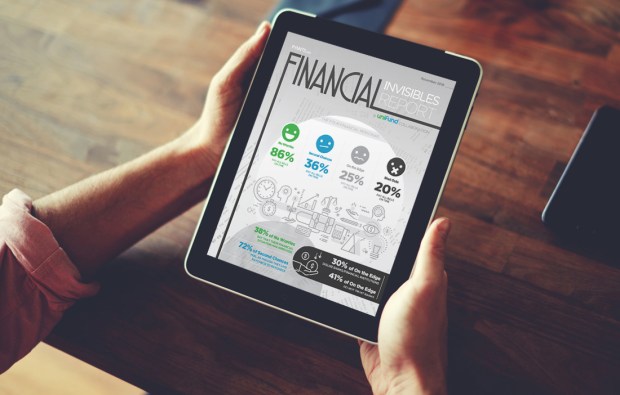
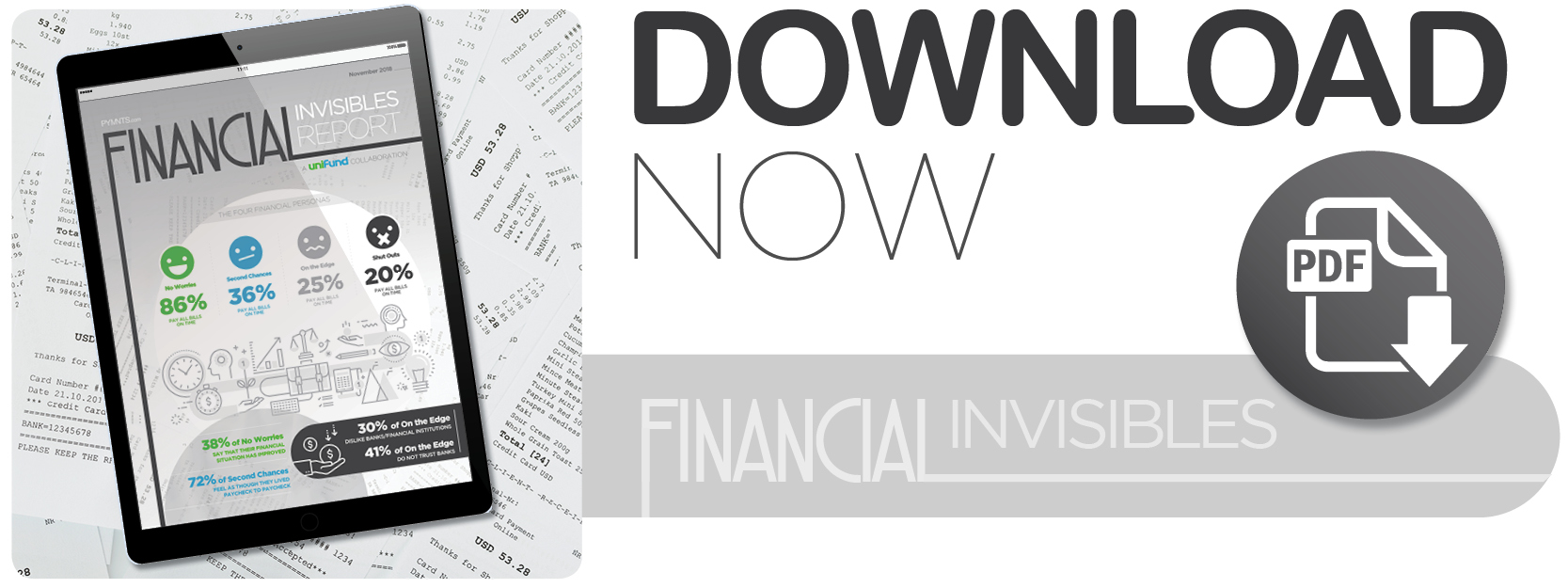 The numbers are in, and the economy is looking up: Gross domestic product (GDP) is increasing fast, wages are rising and the unemployment rate is the lowest it has been in decades.
The numbers are in, and the economy is looking up: Gross domestic product (GDP) is increasing fast, wages are rising and the unemployment rate is the lowest it has been in decades.
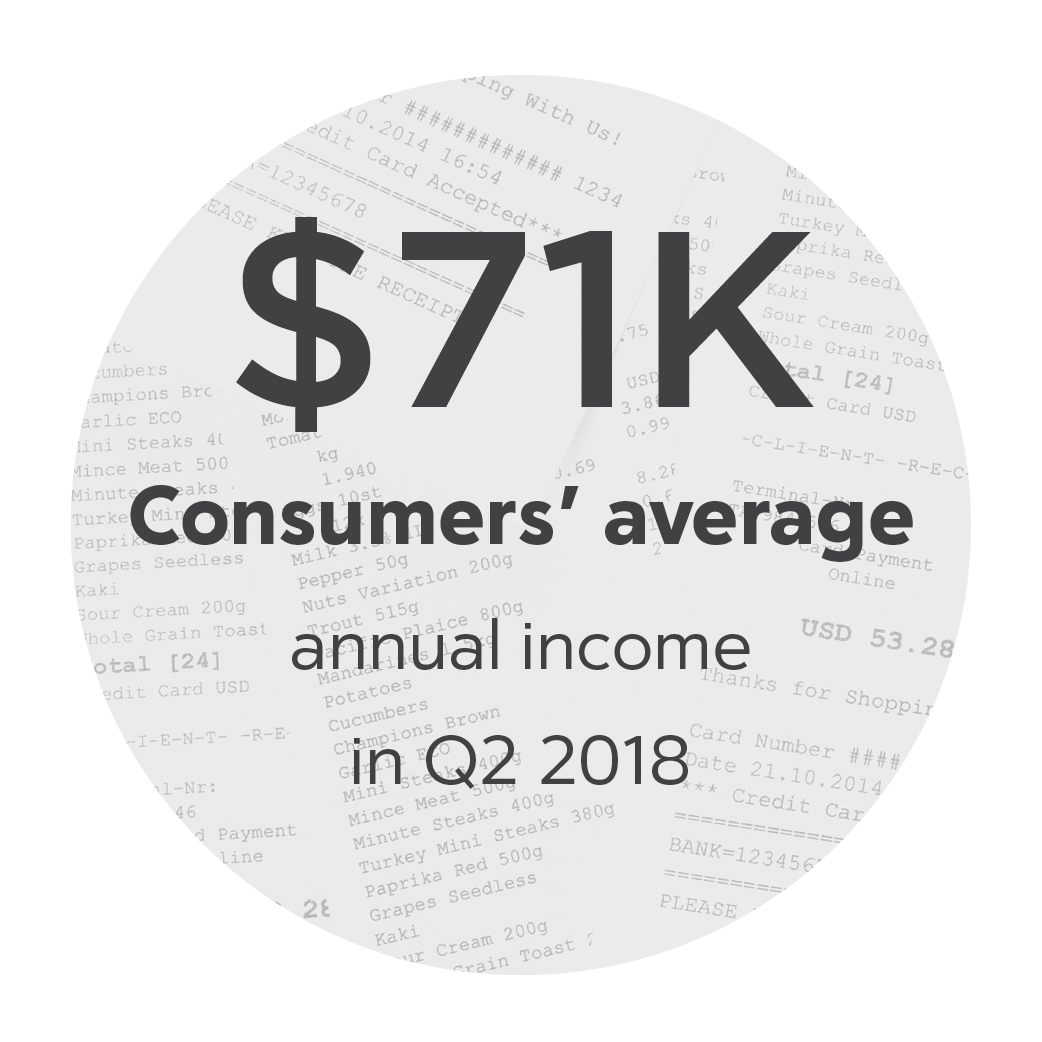 In Q2 2018, only 31 percent of consumers fell behind on bill payments, as compared to 42 percent in Q4 2017. Yet, no two consumers are alike, and not everyone has been able — or chosen — to cash in on the economic uptick. The question is: Why?
In Q2 2018, only 31 percent of consumers fell behind on bill payments, as compared to 42 percent in Q4 2017. Yet, no two consumers are alike, and not everyone has been able — or chosen — to cash in on the economic uptick. The question is: Why?
The Q2 2018 Financial Invisibles Report, a PYMNTS and Unifund collaboration, examines survey data from more than 2,000 American consumers who gave a glimpse into their personal finances. We collected more than 18,100 data points on topics ranging from consumer credit scores to annual incomes to college debts, and consolidated our findings to get an account of what’s happening on the ground level of the American economy.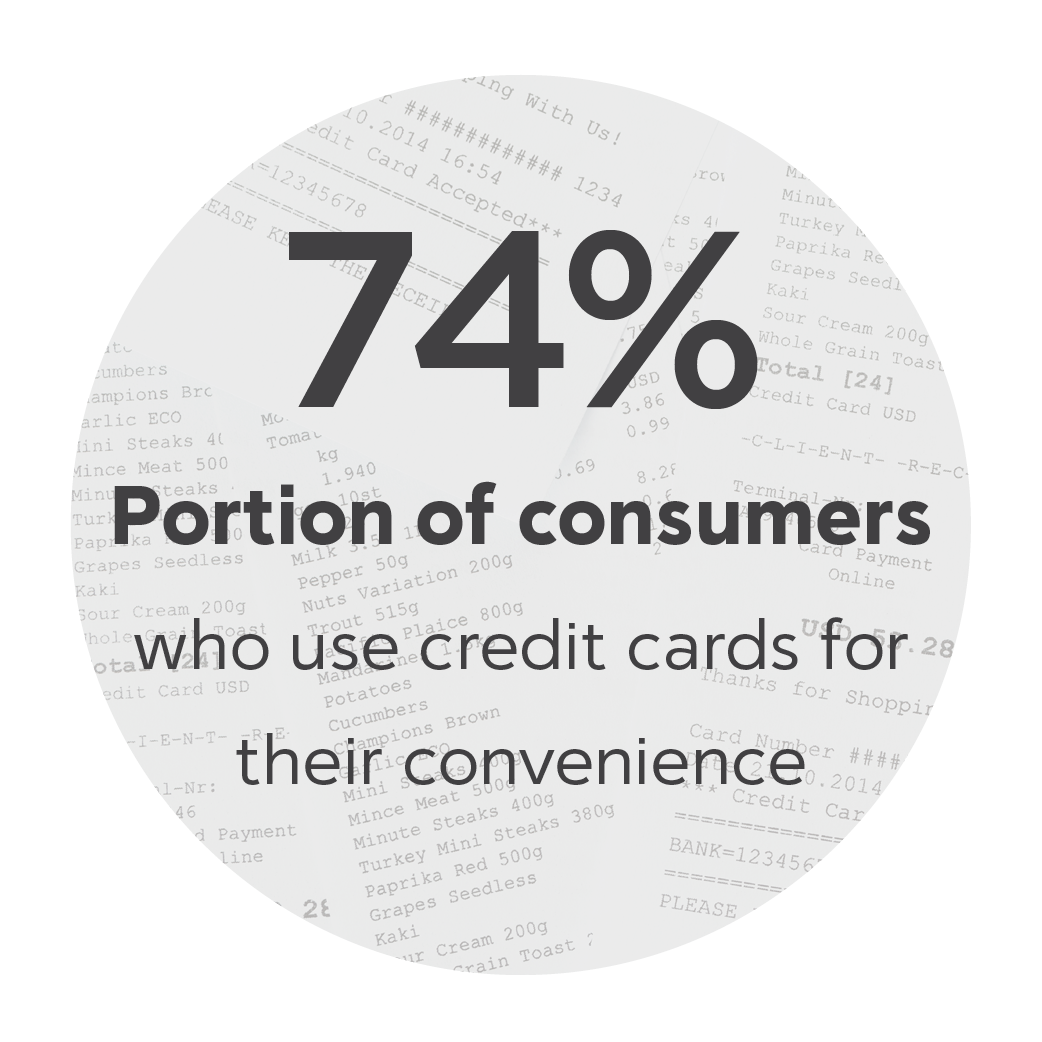
Consumer confidence is at an all-time high, with 81 percent of participants saying their financial situation has either remained stable or improved since last year. Annual salaries are up, too, with the average sample having increased from $70,000 in Q1 2018 to $70,800 in Q2 2018.
Nevertheless, not everyone is getting ahead. High inflation rates, combined with unpaid credit card debts and medical bills, are keeping some consumers from 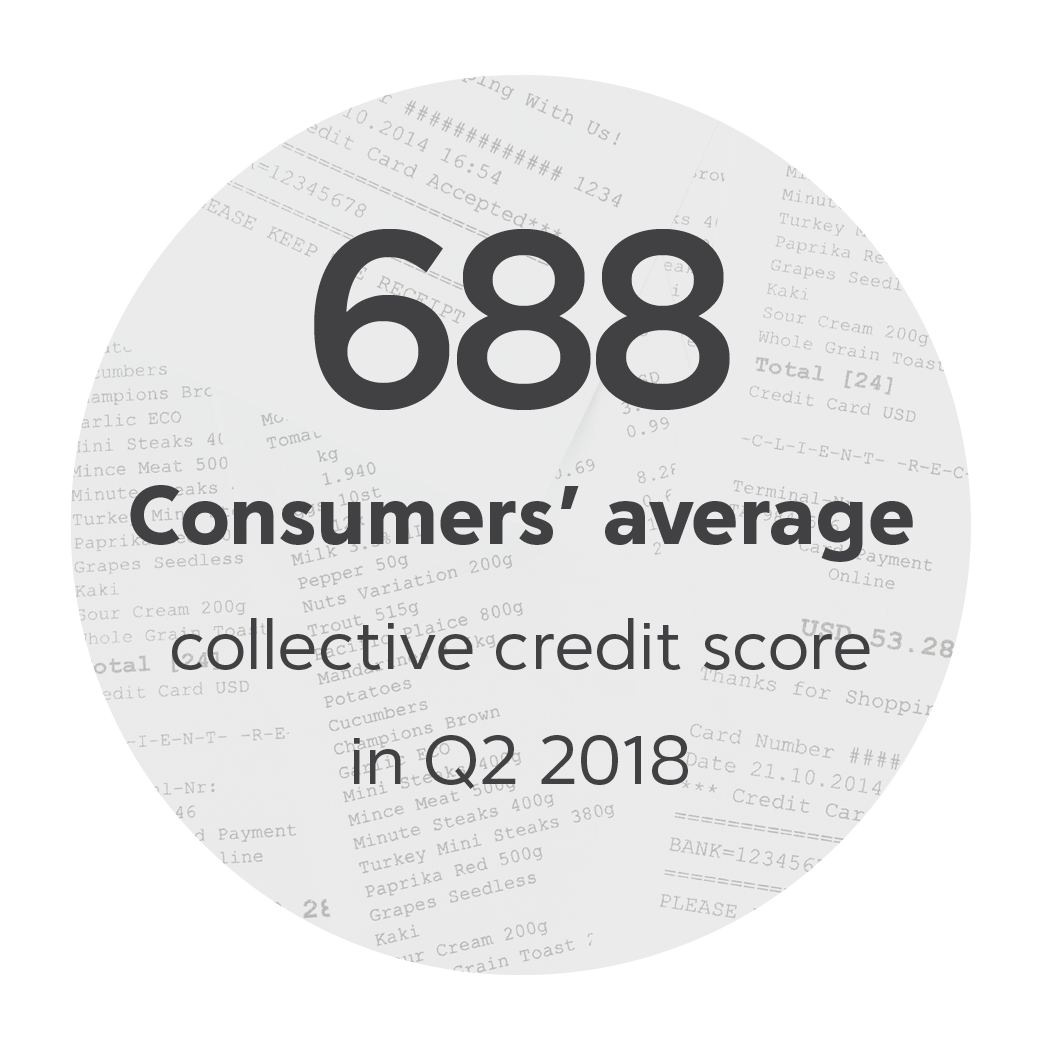 capitalizing on recent macro-economic improvements.
capitalizing on recent macro-economic improvements.
Even more interesting, a segment of consumers have intentionally cut ties with the traditional financial system, refusing to use credit cards or open bank accounts — even though they would have no problem doing so if they tried.
For a deeper look into what is driving consumer financial behavior in Q2 2018, download the report.